Get Your Dog to Listen – Fade Lures, Phase Out Treats, and Improve
A food-motivated dog can be trained very quickly. However, it’s really easy to get stuck being a hostage to treats. It’s just as easy, though, to phase out treats altogether, and I’m going to show you how to do that right now.
Food is a great way to get a dog into training. A food-motivated dog is easy to train quickly, even when teaching difficult behaviors or overcoming behavior problems. In most cases, though, what ends up happening is that we don’t start phasing that treat out early enough, so we are stuck using it. Then the dog won’t perform unless we have food. We must keep “upping the ante” to get them to do something, moving from simple lures to increasingly valuable food items. Even then, sometimes, a dog decides that it’s just not worth it, and then you don’t have any leverage. We need to short-circuit this whole model and replace it with something better. From here on out, you will move through four stages as you free yourself from relying on food to get your dog to perform:
- Remove Lures,
- Reduce Rewards,
- Replace Rewards,
- and the ultimate fourth step: Remove Rewards.
Let’s take a look and see how these work…
STAGE ONE: REMOVE LURES
A lure is used to cause behavior. After 10-15 repetitions, the behavior is happening fairly reliably, and we don’t need it anymore. Upon hearing the verbal request, your dog has learned to anticipate the hand motion that signals the behavior. They’re faster and happier doing it. At this point, get that food out of your hand and put it into your pocket. Now when you practice a behavior, signal big like you have food in your hand. Your dog performs the behavior, and you reward them with food from your pocket.
At this point, your dog learns that they don’t need to see the food. If they respond correctly, food rewards will still magically appear. From now on, you can practice with empty hands. Incidentally, this is the fastest stage. You can Empty your hands within the first day of teaching something new in most cases.
Now you’re ready for…
STAGE TWO: REDUCING THE NUMBER of REWARDS
The key phrase here is “more for less.” We start expecting more work out of one reward. We want longer stays, faster recalls, perfect heels, and better performance overall. Here’s an example: in group classes, we teach the positions sit, lay down, and stand.
Then we practice the transitions by doing the routine, sit – down – sit – stand – down – stand. Initially, we lure train these, and we may reward every step: sit treat, down treat, sit treat, stand treat, and so on. That’s six pieces of food for the whole routine. Within the next couple of classes, though, we should be doing the whole routine with an empty hand and one reward at the end.
Not only did we remove the lure, but We’ve reduced the number of rewards in this example from six to one. The big takeaway in this step is that we want performance to keep improving no matter what. Don’t be in too big of a hurry to reward everything. This is a commission-based payment program now. Treat every food reward like a paycheck they have to work for.
Aim for Mastery
Always be refining the criterion, too. Raise the bar as they get better. Only reward your dog immediately following prompt, precise, and polite responses. Above-average responses get a little training treat. Great effort gets a big liver treat, and half-assed effort gets diddley squat! Your dog will learn that even though you have food, they won’t get a reward every time. More importantly, to even be eligible for a food reward in the first place, their performance needs to be above average. Remember: better responses get better rewards.
If you dig technical jargon, this is a differential reward schedule (specifically DRE—differential reinforcement for excellent behavior). This will have the effect of distilling mediocre behavior over time down to pretty great behavior. And honestly, the number one success factor here is repetition. Now, we’re ready for…
STAGE THREE: REPLACE FOOD REWARDS
At this stage, we need to get the food out of our pockets and reward the dog with other things like praise, petting, toys, games, and activities. Life rewards like these can become strong motivators to a happy dog. For example, when you’re walking your dog, you could stop periodically and have them sit. As a reward, say, “Great! Let’s Go!” In this case, the walk continues, which is a reward. No food is required. Around your house, in the yard, or at the dog park, call your dog and ask them to sit every minute or so, and as a reward, say, “Good job! Go Play!” In this example, play resumes, which is the reward. No food is required.
When playing tug or fetch, behaviors like Take It, Leave It, and Drop It are implicit because they’re part of the game, and the game itself is a fun reward. Again, no food is required. I teach all my students to treat their voice as their number one training tool and their hands as their number two training tool. That is to say that praise and touch can be powerful rewards and can substitute for food very easily.
My Touch Tactics video has some great strategies for using petting as a potent life reward. The point here is that your dog learns that food isn’t necessary. Correct responses and great performance produce all sorts of other amazing rewards. Now you could stop here. You’re free of food, and life is grand, but some of you will want to push onwards to the final step…
STAGE 4: REMOVE ALL TANGIBLE REWARDS
Assuming you’ve got the first three Steps in the bag and continue with your practice, rewarding your dog to reinforce behaviors you want from them will no longer be necessary. You could always reward your dog if you choose to, and they’ll love you for it, but the point is that rewards are not necessary to guarantee good behavior. Each correct response becomes its own reward. This is like when we hike, ride horses, read a book, or play sports. External rewards aren’t necessary. Getting to do it is the reward.
This is the pinnacle of practice: getting to the point in our relationship that doing the things we ask is our dogs’ favorite hobby. It makes them happy to see us happy, and their lives are richer for it. So are ours, for that matter.
Pro tip: I keep moving in this direction in two ways: to capitalize on Modular Reward-Events and the Premack Principle. Those links both go to detailed posts, so you can learn more about them and use them right from the start!
LET’S RECAP THESE STAGES
- Remove Lures: get the food out of your hand and into your pocket
- Reduce Rewards: start expecting more quality work for fewer rewards
- Replace Rewards: get the food out of your pocket and use life rewards
- Remove Rewards: correct behavior is a reward unto itself
It’s worth noting that each stage doesn’t have a razor-fine beginning and end. They bleed into each other. For example, you could start reducing rewards before you remove the lure. You could start cultivating life rewards before you get rid of food rewards. Of course, there’s a strategy and an eye for the finish line. But If you patiently follow these steps, and you stand by it and follow through, you will be free of hostage negotiations with your dog!
GOOD LUCK!
And please let me know how it goes for you in the comments. In our next vlog post, I’ll show you how to use reward scaling to ramp up performance in those early stages, and it’s a perfect companion to this one.
Don’t forget to give our video a thumbs up if you learned something useful, and as always, keep learning, keep practicing.
See you next time!


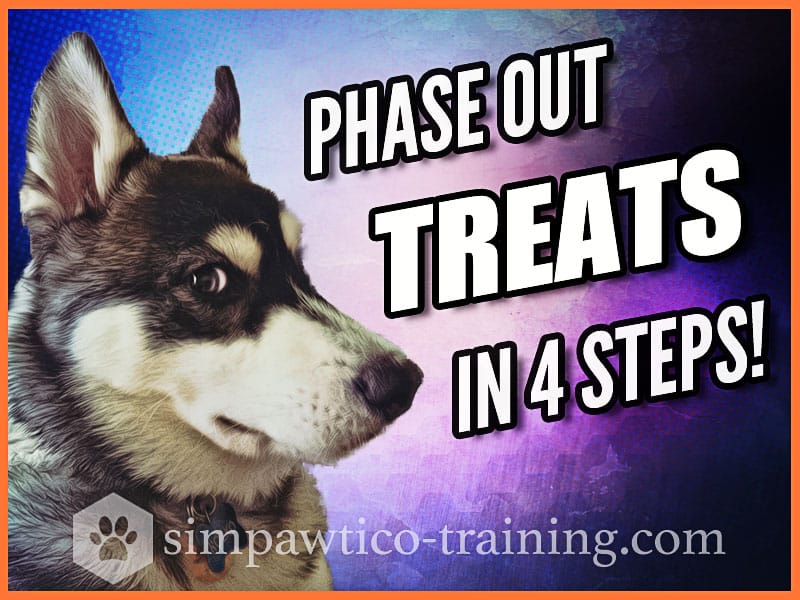
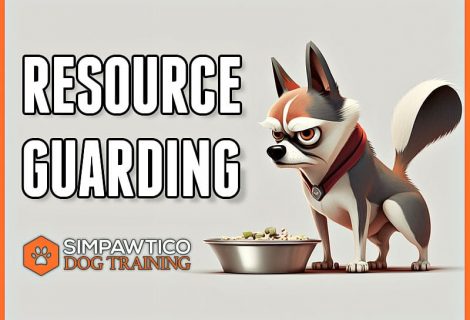
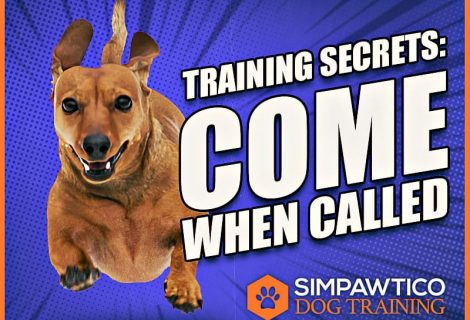
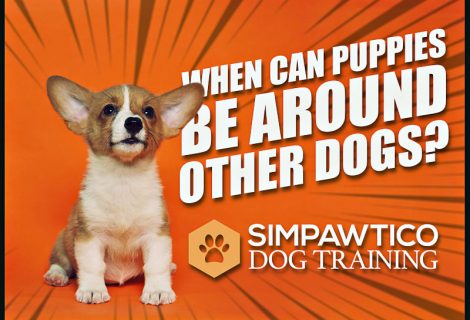

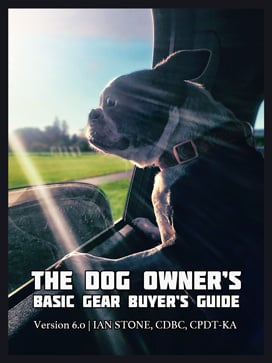
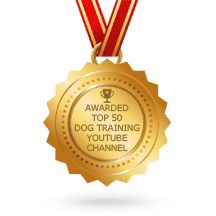

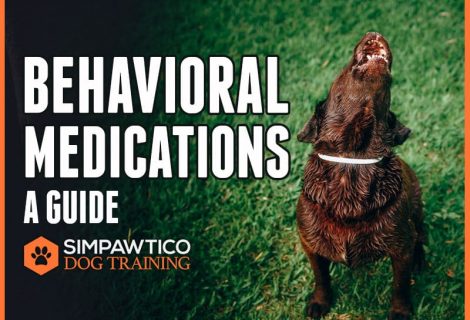
Trackbacks for this post